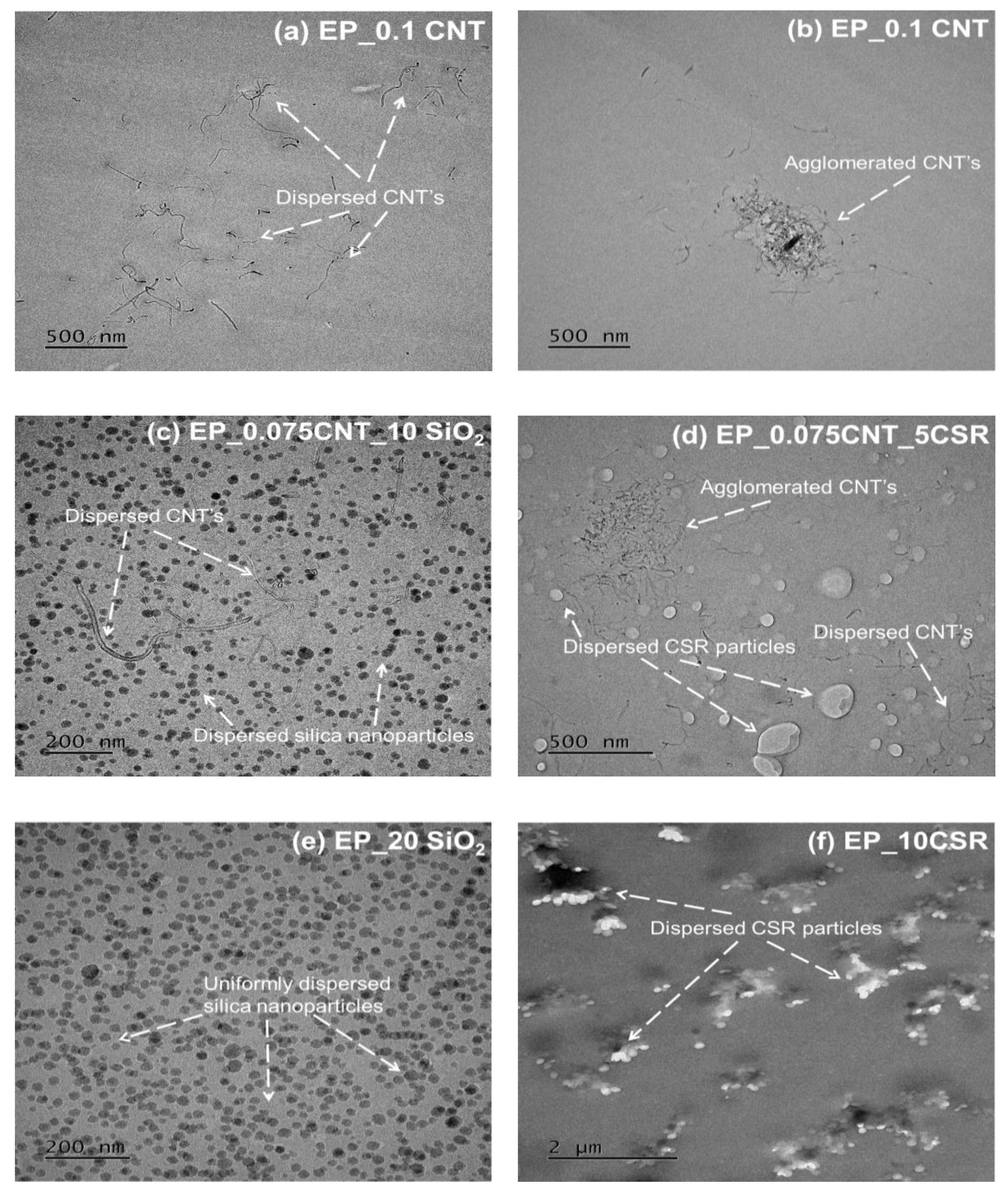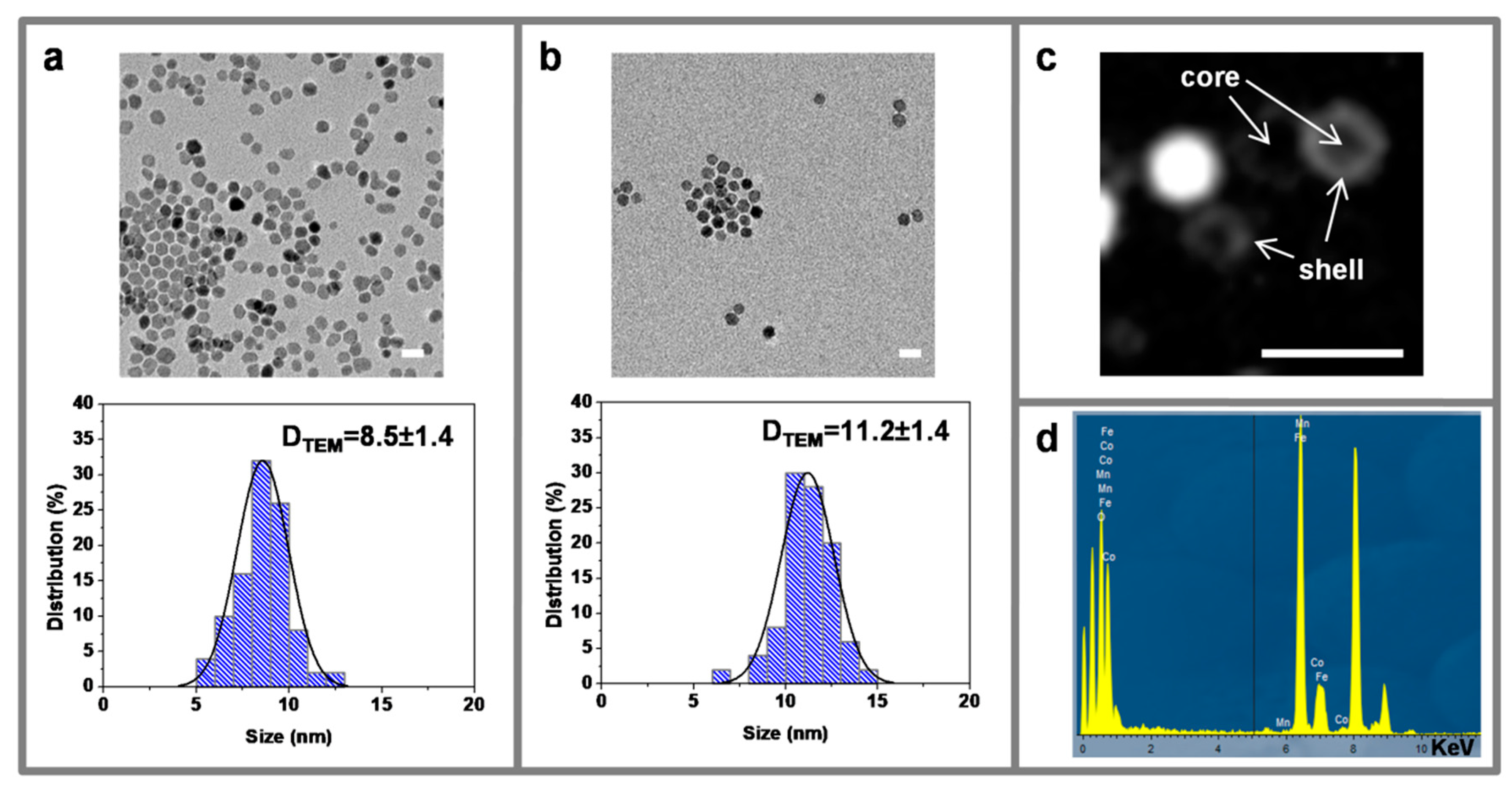
And all the above characterizations show that in this sample there are no iron oxides inside the particle. THE SYNTHESIS OF CORE-SHELL IRONGOLD NANOPARTICLES AND THEIR CHARACTERIZATION A Thesis Submitted to the Graduate Faculty of the University of New Orleans in partial fulfillment of the requirements for the degree of Master of Science in The Department of Chemistry by Zhihui Ban B.S. They also show new properties than the single materials when coated one material with other.
#CORE SHELL NANOPARTICLES THESIS PDF#
The Au-coated particles exhibit a surface plasmon resonance peak that red-shifts from 520 to 680 nm. PDF 2594Kb Abstract Coreshell nanoparticles are gaining lots of importance recently due to their exciting applications in different fields like biomedical, pharmaceutical, electronics, catalysis etc. SQUID magnetometry reveals that particle magnetic properties are not significantly affected by the overlayer of a moderately thick Au shell. HRTEM images show clear core–shell structure with different crystal lattices from Fe and Au. In this work, a combination of TEM ( transmission electron microscopy), XRD (X-ray powder diffractometry), EDS (energy disperse X-ray spectroscopy), SQUID ( superconducting quantum interference device), TGA (thermograviometric analysis) and UV–visible absorption spectroscopy were employed to characterize the morphology, structure, composition and magnetic properties of the products.

The magnetic ordering was explored using polarized SANS to probe spin distributions throughout the NP as a function of Zn doping concentration.Au-coated magnetic Fe nanoparticles have been successfully synthesized by partial replacement reaction in a polar aprotic solvent with about 11 nm core of Fe and about 2.5 nm shell of Au. This was achieved by using NPs with a FO core and doping a CFO shell with increasing amounts of Zn recent work has shown that while saturation magnetization is similar for various doping levels the shell anisotropy increases linearly with Co concentration. Whereas prior worked sought to find a balance between anisotropy and saturation magnetization, thefinal project focused on keeping anisotropy in the core constant for various shell anisotropy values all while maintaining a constant moment. The existence of a Bragg peak for neutron scattering perpendicular to the applied magnetic field (H) suggests the presence of spin canting in both CFO/FO NP variants with the peak persisting up to applied fields of 0.4 T for and 0.1 T for NPs. Next, the effect magnetically hard and soft materials have on spin coupling throughout a NP wasexplored by means of fully polarized SANS analyses of NPs with a hard CoFe2O4-core and soft Fe3O4-shell (core shell, as well as the inverted structure with a Fe3O4-core and CoFe2O4-shell Large anisotropy differences between the core and shell will play a significant role in the degree of spin canting across the NP. The development of metal/metal oxide core-shell nanoparticles has. First, temperature-dependent analyses of XMCD and SANS studies were carried out for CS NPs featuring a core composed of metallic a-Fe paired with an Fe-oxide shell, and a variant NP structure with a reduced a-Fe core followed by a partial void layer surrounded by an Fe-oxide shell (CVS). In the realm of catalysis, small nanoparticles have been an area of interest due to their high surface-to-volume ratio. This paper has an overview of the present methods involved in synthesis and tunable factors responsible for their end applications. In this work, the magnetic ordering of CS NPs with contrast in core/shell features (moment, anisotropy, coercivity, etc.) have been investigated using a combination of X-ray magnetic circular dichroism spectroscopy (XMCD) and polarized small angle neutron scattering (SANS). In particular, core-shell (CS) NPs offer the ability to tailor the magnetic properties of the system through careful selection of core and shell constituent materials.


The core-shell particle also was characterized by. The overall size and shell thickness can be controlled by varying the reactant concentration both the core and shell material. The core surface was modified with CTAB miceller solution to make the coating favorable. This resulted in the formation of novel -M x Cr 2-x O 3 shells having ferromagnetic/ferrimagnetic (FM/FiM) spin ordering and an antiferromagnetic (AFM) -Cr 2 O 3 core structure. The synthesis of core/shell semiconductor nanoparticles has traditionally involved the use of binding ligands to ensure the particles do not aggregate. (M Co, Ni, Mn, Fe) inverted core-shell nanoparticles (NPs). Magnetic nanoparticles (NPs) have garnered much interest due to the unique properties that emergewhen compared to their bulk counterparts. The core shell particles were confirmed by DLS measurement and UV spectroscopy. Core/shell semiconductor nanoparticles are of great interest as photocatalysts due to their large surface area per volume and tunable band gaps.


 0 kommentar(er)
0 kommentar(er)
